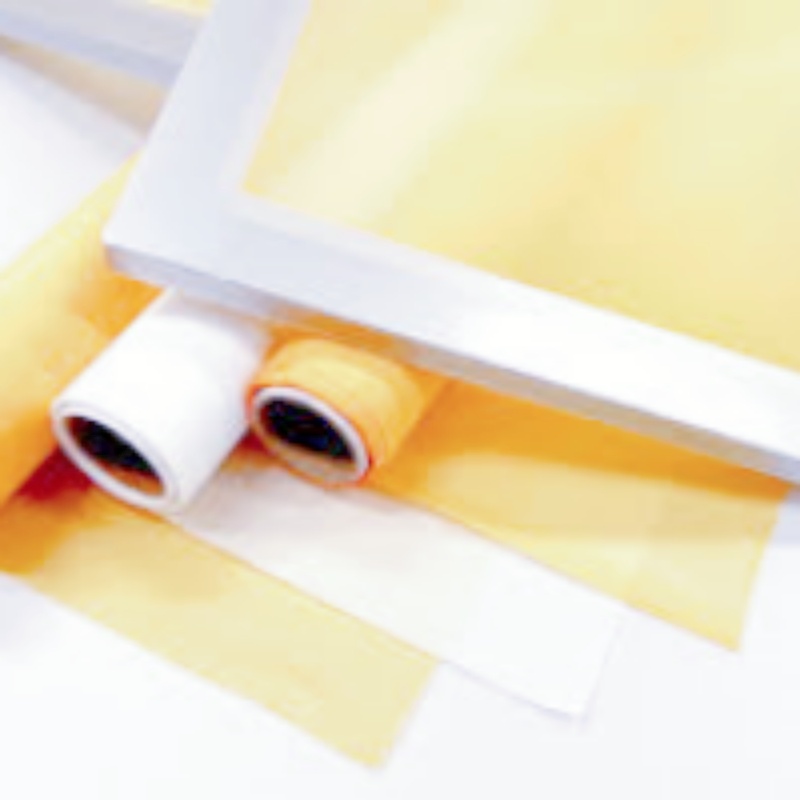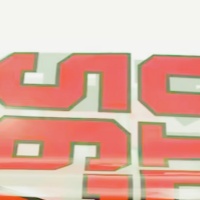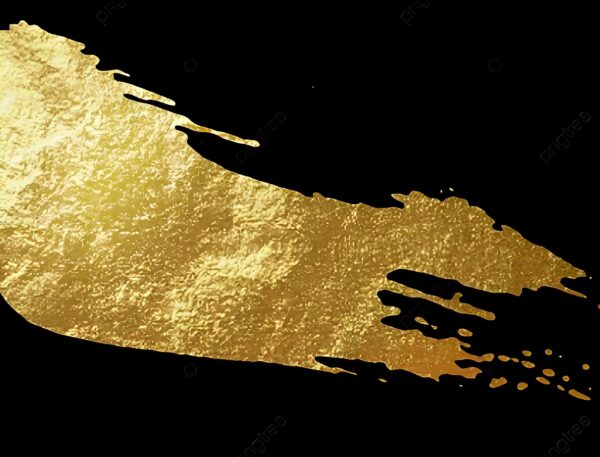Screen printing is a versatile and widely used printing technique, essential for creating everything from T-shirt designs to posters and packaging.
A key tool in achieving high-quality results in screen printing is the squeegee.
Understanding how to use it correctly, selecting the right angle and size, and exploring different types of squeegees can significantly improve your printing outcomes. This article introduces 5 key factors to help you master the squeegee’s role in screen printing.
1. The Basic Function of the Squeegee
The squeegee is an indispensable tool in screen printing, primarily used to evenly push ink through the mesh screen onto the substrate. By applying the right amount of pressure, the squeegee ensures that the ink is evenly distributed and accurately transfers the design onto the material. Whether you’re printing manually or using an automated system, the squeegee serves as the crucial bridge between the screen design and the final printed product.

In addition to ink transfer, the squeegee also helps:
- Clean excess ink: It helps remove any leftover ink on the screen, preventing ink smudging or unwanted marks.
- Protect the screen: Proper squeegee use reduces wear and tear on the screen, extending its lifespan.
- Improve print quality: Choosing the right squeegee improves the clarity and vibrancy of the final print.
2. Choosing the Optimal Squeegee Angle
The angle of the squeegee directly affects the ink transfer. The correct squeegee angle ensures that the ink flows evenly through the mesh, while also preventing excessive pressure on the substrate. A 45-degree angle is typically considered the optimal angle for most screen printing jobs. This angle provides an effective balance between pushing the ink through the mesh and avoiding ink spillover or blurred prints.
However, the ideal angle may vary depending on factors like ink type, mesh count, and the substrate:
- Thicker ink: A steeper angle (around 60 degrees) helps push the thicker ink through the mesh.
- Fine details: For more intricate designs, a shallower angle (around 30 degrees) can offer more precision.
- Automated printing: Machines often use a fixed angle, eliminating the need for manual adjustment.
Experimenting with different angles and observing the results is the best way to find the optimal angle for your specific project.

3. Squeegee Size and Design Scale
The size of the squeegee you choose depends on the design scale and the size of the screen. A correctly sized squeegee not only increases efficiency but also ensures uniform ink distribution across the substrate.
Common squeegee sizes range from 8 inches to 16 inches, with 12 inches being the standard choice for medium-sized projects. Here’s a quick guide to help you choose the right size based on your design:
- Small designs (e.g., logos or text): Use an 8-10 inch squeegee.
- Medium designs (e.g., T-shirt prints): A 12-14 inch squeegee is ideal.
- Large designs (e.g., posters or banners): Choose a 16-inch or larger squeegee.
Additionally, the width of the squeegee blade is important. Wider blades are suitable for covering larger areas, while narrower blades are better for finer details.
4. Choosing Squeegee Material and Hardness
The material and hardness of the squeegee play a significant role in print quality. Common squeegee materials include rubber, polyurethane, and dual-hardness squeegees, each offering unique characteristics in terms of durability, flexibility, and suitability for specific tasks.
- Rubber squeegees: Known for their flexibility, they are perfect for general-purpose printing.
- Polyurethane squeegees: Renowned for their chemical resistance and durability, making them ideal for industrial and high-demand printing.
- Dual-hardness squeegees: These combine a hard edge and a soft edge, offering versatility for different types of print jobs.
The hardness of the squeegee blade also affects performance. Softer blades (60-70 hardness) are ideal for textured surfaces, while harder blades (80-90 hardness) work better on smooth surfaces.
5. Alternative Tools to the Squeegee
While the squeegee is the most effective tool in screen printing, in certain cases, you can use alternative tools, especially for non-professional or emergency projects. Here are some common substitutes:
- Credit cards or ID cards: A rigid plastic card can be used for small projects, although it lacks the precision of a dedicated squeegee.
- Paint rollers: Suitable for larger designs, but may not offer the detail needed for intricate work.
- Sponges or brushes: Useful for small-scale jobs, but can result in uneven ink distribution.
Keep in mind that these alternatives are not suitable for high-quality, professional prints and should only be used in informal or urgent situations.
Conclusion
The squeegee is an essential tool in screen printing, playing a crucial role in ensuring high-quality, durable prints. From understanding the best angles and sizes to exploring alternatives and material choices, mastering the squeegee’s use can elevate your printing projects to a professional level.
Whether you’re a beginner or an experienced printer, investing in the right squeegee and experimenting with different techniques will help you achieve optimal results. So, the next time you start a screen printing project, remember the importance of this simple yet powerful tool!









